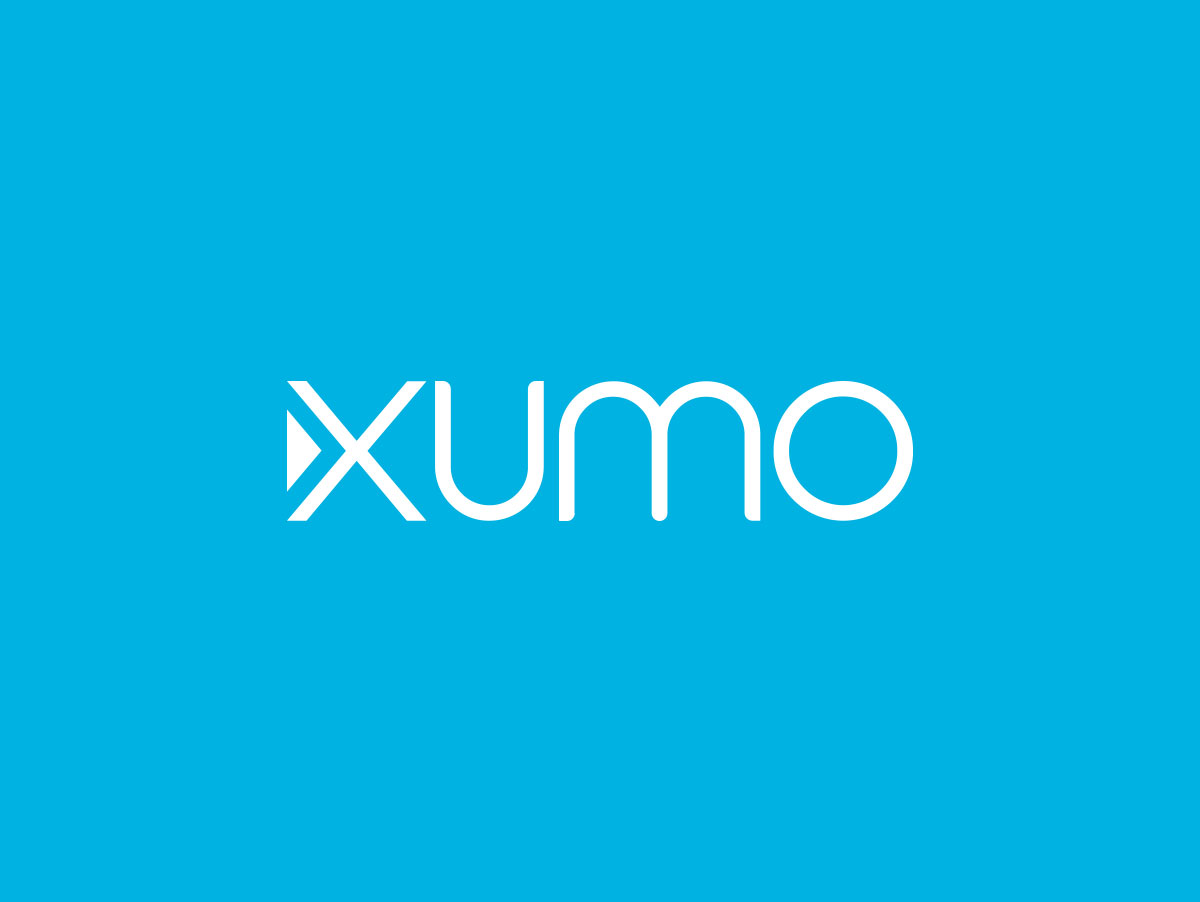LOS ANGELES — Japan tech giant Panasonic started Xumo TV in 2011 as a way to get free streaming programming on TVs for cord cutters.
Cut to today, and the idea is more sound than ever in an era when traditional TV ratings fall, and consumers flock to streaming services.
Xumo is all about targeting cord cutters with multiple non-linear channels of free, ad-supported programming, on apps and on TVs, like its chief rival Pluto.TV.
"We're trying to bring the old feeling of TV to streaming," says Chris Hall, senior vice-president of product for Xumo.
LOS ANGELES — Japan tech giant Panasonic started Xumo TV in 2011 as a way to get free streaming programming on TVs for cord cutters.
Cut to today, and the idea is more sound than ever in an era when traditional TV ratings fall, and consumers flock to streaming services.
Xumo is all about targeting cord cutters with multiple non-linear channels of free, ad-supported programming, on apps and on TVs, like its chief rival Pluto.TV.
"We're trying to bring the old feeling of TV to streaming," says Chris Hall, senior vice-president of product for Xumo.
Thus, cord cutters with a new TV and Xumo can attach an antenna, hook it to Wi-fi, and access some 160 channels of free programming from Xumo, both from familiar names like CBS and NBC News, Bloomberg, America's Funniest Home Videos, TMZ and Sports Illustrated.
On LG TVs, Xumo is a dedicated channel that offers remote access; while on other TVs and the app on Amazon Fire TV and Roku, the 160 channels are listed numerically to remind people that they're watching via a traditional TV experience, says Hall.
It's not there yet, but he's working on getting viewers the ability to say, "Alexa, turn on Channel 160," and the like via Amazon's personal assistant, a feature that's not available yet.
Hall says Xumo looks to TV manufacturers and their footprint as a way to give the network a wider reach. TV manufacturers like streaming services like Xumo and Pluto, which is known on Vizio TV's as the "Watch Free" channel, because it's a new source of revenue for them. Ad revenues are shared.
Through the apps and various TVs, Xumo is available in 35 million homes, and attracts 5.5 million viewers monthly, up from 3 million a year ago.
Panasonic has a partner in Meredith Corp., the Des Moines-based publishing company that purchased Time, Inc. for $1.7 billion in 2017 and also got Xumo, along with magazines like Time, Fortune and Sports Illustrated.
Pluto.TV was purchased by media giant Viacom in early January for $340 million, and led to a February report in Variety that Xumo was about to be sold as well. A company spokeswoman had no comment.
Much of the programming is repackaged clips seen on YouTube and elsewhere, (like Steve Harvey bits from Family Feud and red-carpet coverage from The Hollywood Reporter), but Hall says viewers enjoy them just as much on television, if not more.
On YouTube, people can subscribe to programming and make playlists, but on Xumo, they can just sit back and watch, for longer than a few minutes at a time, Hall says.
"Users are like, I'm just going to watch a channel I like and trust that I'm watching something that's really interesting,'" Hall says.
Click the link below to listen to our extended interview with Chris Hall on the Talking Tech podcast.


